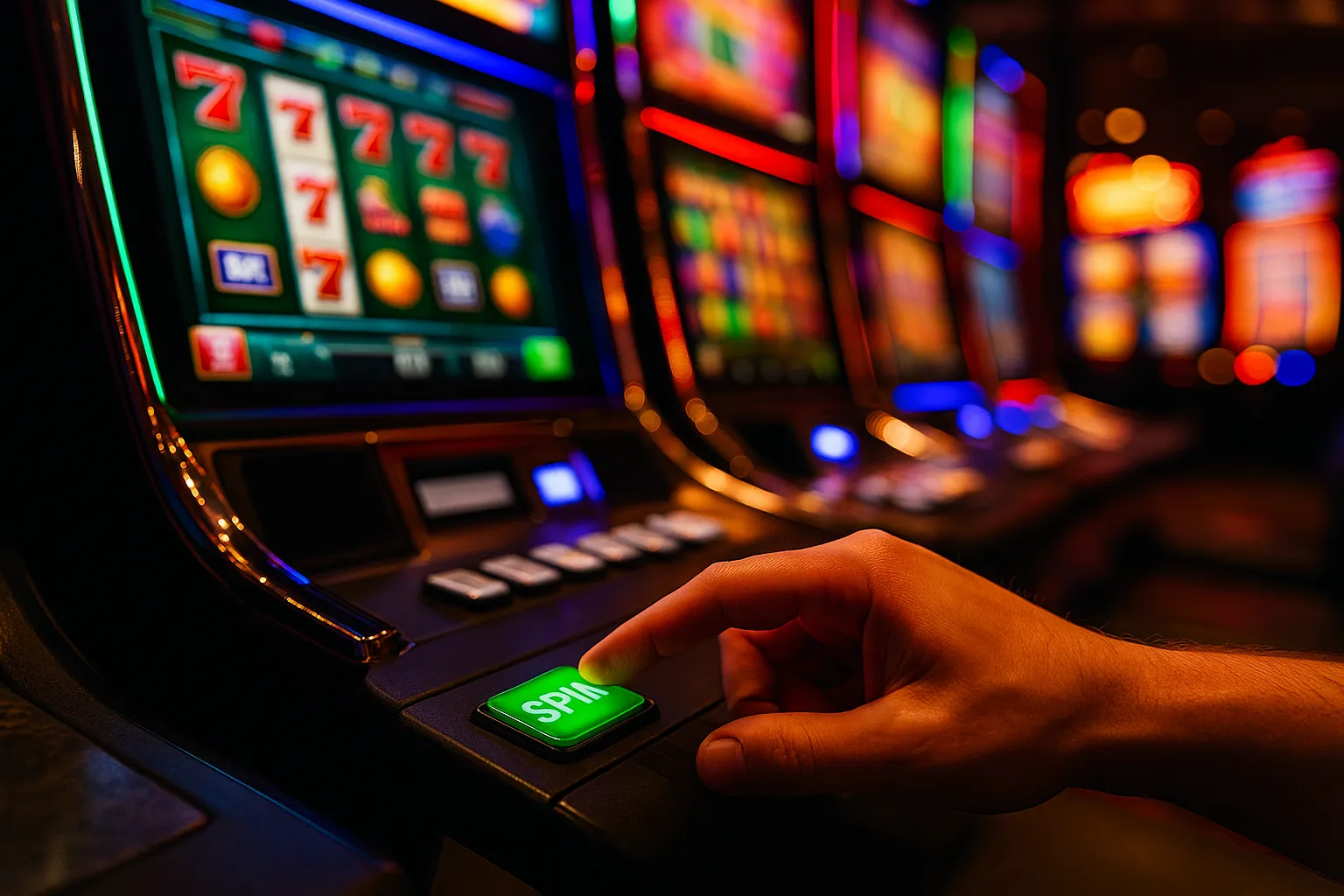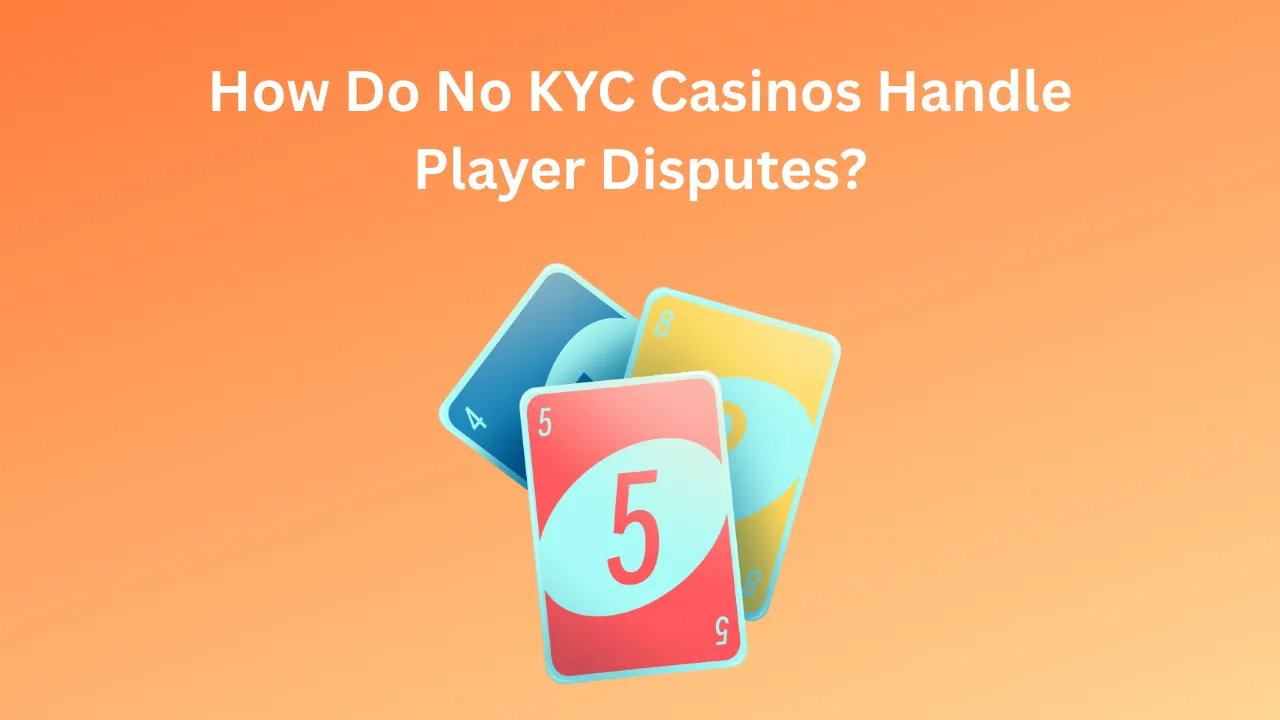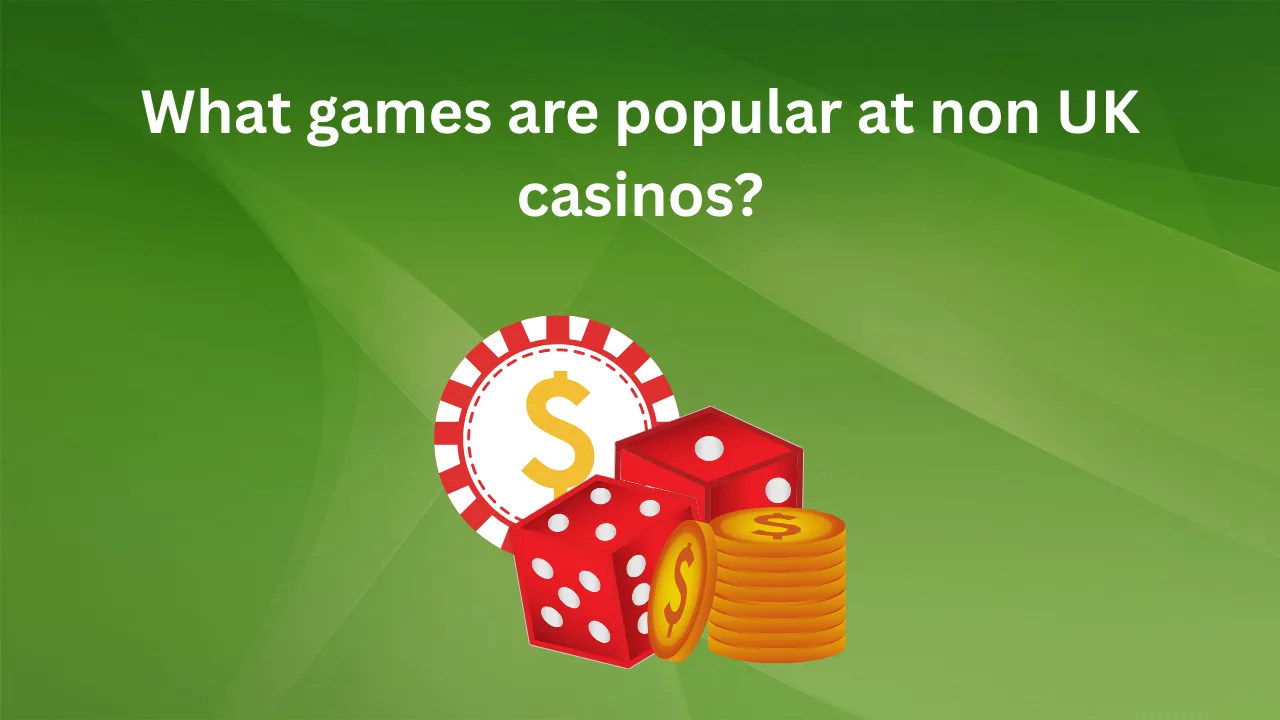I still remember the thrill of my first free-spin bonus: a chirpy chime sounded as the reels spun, and suddenly I was playing with credits I hadn’t deposited. That rush of novelty sparked my curiosity to understand what makes free spins so compelling. In this post, drawn from years of hands-on casino play and interviews with game designers, we’ll unpack the psychological levers behind free-spin offers. By the end, you’ll see how casinos craft these promotions to maximize engagement—and how you can recognize the mechanics at work.
Free spins serve as more than just a marketing gimmick. They’re strategic tools built on solid behavioral science. Whether you’re logging into a major platform or exploring casinos not on GamStop, understanding the why behind these bonuses can help you play smarter and enjoy the experience without being swept up by emotional biases.
The Allure of “Free”
The word “free” is powerful in any context. In psychological experiments, participants view free items as inherently valuable—even when the actual monetary worth is negligible. Free spins leverage this bias, offering players a sense of reward before any deposit. This initial positive reinforcement sets the tone for the entire session.
The Endowment Effect
I once spoke with a game psychologist who explained the endowment effect in slots: when players receive free credits, they attach greater subjective value to those tokens than to equivalent cash. It’s the difference between “I own these spins” and “I’m risking my own money.” That mental shift lowers the barrier to risk-taking, increasing playtime.
Variable Reward Structures
One of the cleverest designs behind free spins is the use of variable-ratio schedules—a concept borrowed from classic operant conditioning research. Unlike fixed rewards, variable schedules deliver wins unpredictably, which in turn fosters persistent behavior.
The Skinner Connection
Behavioral psychologist B.F. Skinner’s experiments with pigeons revealed that animals subjected to random reward schedules would peck at a key far more persistently than those on fixed schedules. Casinos employ the same principle: free spins often produce small wins at unpredictable intervals, encouraging players to continue spinning in hope of the next surprise.
Personal Anecdote
During a recent session on a popular five-reel slot, I received a cluster of small free-spin wins in increasingly unpredictable patterns. Each win felt like a mini-celebration, reinforced by flashing lights and sound effects. Even knowing the math behind it, I found myself pushing the spin button again and again, chasing that intermittent high.
Loss Aversion and the Sunk Cost Fallacy
Free spins can also exploit two well-known biases: loss aversion and the sunk cost fallacy. Loss aversion describes our tendency to feel losses more intensely than equivalent gains, while the sunk cost fallacy leads us to continue investing in a losing proposition to justify past expenditures.
Getting “In”
When players use free spins, they often win small amounts that roll into real-money balance. That transition from bonus to cash can feel like a victory, even if the eventual session ends in a net loss. Psychologically, you’re already “in the game,” and quitting feels like abandoning a potential win, activating loss aversion.
Sunk Cost in Action
I’ve observed players—even seasoned ones—extend their sessions after converting free-spin winnings into real cash. They reason, “I came this far; I should keep playing to capitalize on my bonus.” By then, the casino has succeeded in shifting risk to the player’s own funds, but the emotional commitment remains high.
Personalization and Scarcity
Modern casinos harness data analytics to fine-tune free-spin offers. By analyzing your play history—favorite games, average bet size, time of day—they tailor promotions to your profile, maximizing the perceived value.
Targeted Promotions
I once received an offer of 50 free spins on a horse-racing-themed slot after several sessions on racing games. The thematic relevance made the spins feel curated just for me. Such personalization not only boosts engagement but also deepens the emotional connection between player and platform.
Time-Limited Opportunities
Casinos often attach expiration dates to free spins. Scarcity increases urgency; when players see a countdown timer, it triggers the fear of missing out (FOMO). I vividly recall a weekend promotion where unplayed spins vanished at midnight—my session extended well past my intended stop time, just to squeeze out those last few chances.
The Role of Visual and Auditory Cues
Beyond cognitive biases, sensory stimuli amplify the psychological impact of free spins. Bright colors, celebratory animations, and uplifting soundtracks create an immersive environment that reinforces positive emotions.
Sensory Overload
During free-spin rounds, reels might glow with additional animations: shimmering gold frames, cascading symbols, or virtual fireworks. Auditory cues—cheers, chimes, and escalating tunes—convey excitement even before the outcome reveals itself. This multi-sensory bombardment enhances the dopamine response, encouraging further play.
Designing Flow States
Game designers aim to foster “flow,” a psychological state of deep focus and enjoyment. Free spins, with their rapid, predictable cycle of anticipation and occasional reward, help players enter and maintain that state for longer periods.
Ethical Considerations and Responsible Play
While the psychology behind free spins is fascinating, it also raises ethical questions. Casinos must balance engagement with player welfare, ensuring promotions don’t exploit vulnerable individuals.
Transparency in Terms
Clarity around wagering requirements and expiration terms is crucial. Players should understand how many times they must wager bonus winnings before withdrawal, and how long their spins remain valid. In my conversations with responsible gaming advocates, the consensus is that transparent, accessible terms reduce harmful misunderstandings.
Setting Personal Limits
From a player’s perspective, it’s wise to treat free spins as entertainment rather than a guaranteed path to profit. Establish session budgets, take breaks, and recognize when the thrill of free spins becomes a compulsion rather than fun.
Real-World Example: Themed Free-Spin Campaigns
Last spring, a major online casino launched a “Cherry Blossom Festival” free-spin event. The promotion featured 25 spins on a Japanese-themed slot, with each win triggering a delicate sakura-petal animation. Participants reported higher satisfaction and longer session durations compared to generic free-spin offers, illustrating the power of thematic engagement.
Behind the scenes, the operator saw a 20% uptick in deposits from those who converted their free-spin winnings, demonstrating how well-crafted promotions benefit both players and providers.
Conclusion
Casino free-spin offers are far more than simple giveaways. They’re engineered through a blend of behavioral science—variable rewards, loss aversion, personalization—and immersive design elements that collectively drive engagement. By appreciating the psychology at play, you can approach free spins with both enthusiasm and mindfulness. Play smart, know the terms, and enjoy the unique thrill these offers provide.








